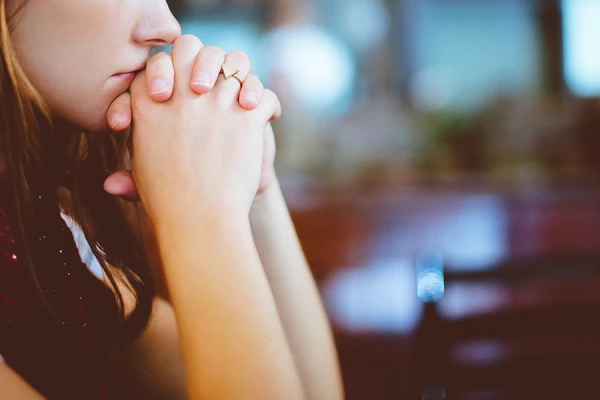
CNA Staff, May 27, 2020 / 12:09 am (CNA).- The current drop in the number of people in the United States identifying with a religion may not be permanent, but it is in some ways unprecedented, according to a new research study aiming to quantify the drop in religiosity the United States has experienced over the past several decades.
“Fewer people claim to be or identify as part of a religious community of any kind,” researcher Lyman Stone wrote in an April 2020 study by the American Enterprise Institute.
“From 95 percent or higher just after World War II to around 75 percent today, there has been a seismic change in Americans’ self-identified religiosity.”
For the past 50 years or so, religious membership has been in a decline “striking in its speed and uniformity across different measures of religiosity,” he said.
One of the biggest factors on decreasing religiosity has been secularized, public education, Stone argued.
“The decline in religiosity in America is not the product of a natural change in preferences, but an engineered outcome of clearly identifiable policy choices in the past,” he said.
Stone argued that the present decline in the percentage of “religious” people in the U.S. is not all that different in pace and severity from the decline experienced post-1700— around the time period identified as The Enlightenment, when many anti-religious ideas started to gain traction in Europe and elsewhere.
Despite the decline in numbers, the total number of religious adherents in what would become the United States actually increased post-1700— thanks largely to massive population growth— even as the share of the population declined.
Today, in contrast, the total number of “religious” people in the U.S. as a share of the population has remained flat since 2005. Just 35% of the population attends religious services weekly— nevertheless, a high percentage compared to most countries in Europe.
After that post-1700 decline, religiosity in the U.S. “rose persistently” between 1776 and the mid-20th century.
The Second Great Awakening, a wave of religious revivalism generally dated between 1790 and 1830, however, did see growth in membership, Stone wrote.
Church membership also rose between the 1850s and 1940s, thanks in large part to immigration. Data from 1906 show that at least a quarter of religious people were worshipping in languages other than English— not counting Latin— at least occasionally.
According to membership data, Stone wrote, religiosity in America peaked sometime between 1940 and 1970, with religious membership rising dramatically during and after World War II in particular. By 1960, half of all Americans attended religious services weekly.
In his research, Stone highlighted the importance of distinguishing between religious membership— or even religious attendance— and religious belief. He warns that church attendance is not the best predictor of “religiosity.”
Although over 80% of Americans will say they believe in God, only a third will actually attend church, he said.
Similarly, though not a large number of people regularly went to church before 1930, almost all would say they believed in God, Stone argued.
Stone also pointed out that church membership— the kind that is officially recorded— also is not always the best predictor of “religiosity,” though it is helpful to observe as a “minimum level of behavior.”
“A person baptized, married, and eulogized in a church is properly counted as part of a religious community, but nonetheless their experience of religion is different than someone who attends every week,” Stone noted.
Stone pointed to several U.S. policy decisions that he believes have had an effect on the post-1960 decline in church attendance.
Among the policies he identified are Blaine Amendments, which grew out of 19th-century anti-Catholic sentiment and sought to prohibit direct government aid to religious schools. Today, 39 states formally restrict using any taxpayer money for religious instruction.
It was not until the mid-20th century that public education began to become as thoroughly secularized as it is today, Stone said. The rise of secular, public schools and the decline of religious schools in the U.S. meant that students who attended public schools after the 1940s “spent much of their life in schools that were far more secularized, and these are the generations during which religiosity has declined.”
Changing family dynamics, including an increase in the average age of marriage, also have had an effect on religiosity, Stone said.
He contended that a greater emphasis on higher education— which takes years to complete— has led to more people delaying marriage or choosing not to get married at all, meaning they are less likely to form religious habits such as attending church.
Additionally, a rise in interfaith marriages plays a role, Stone said. The children of interfaith marriages are less likely to adhere to either of their parents’ religions, or any religion, than children whose parents share the same religion.
If you value the news and views Catholic World Report provides, please consider donating to support our efforts. Your contribution will help us continue to make CWR available to all readers worldwide for free, without a subscription. Thank you for your generosity!
Click here for more information on donating to CWR. Click here to sign up for our newsletter.



Leave a Reply